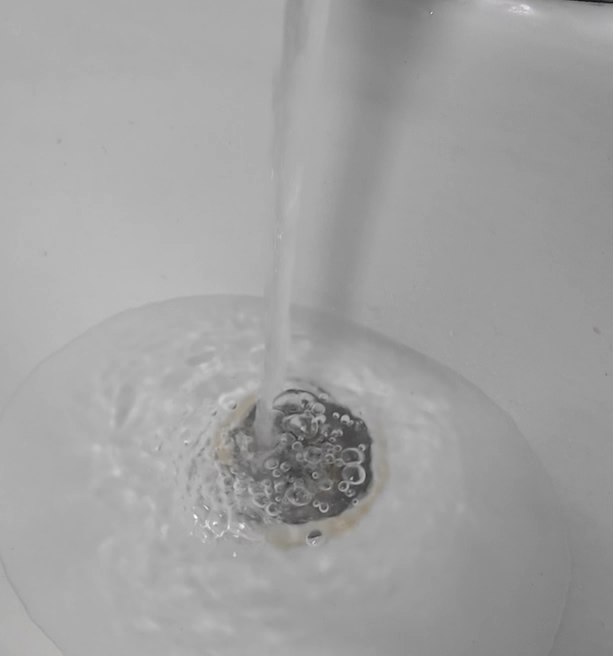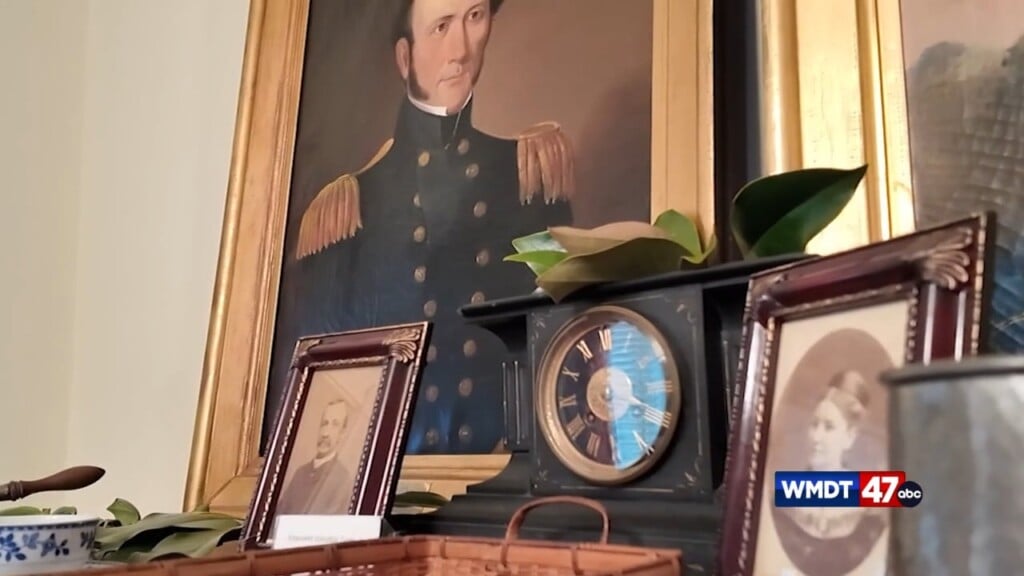Report: MD needs 32,787 behavioral health providers by 2028 to meet current demand
MARYLAND – A recent report from the Maryland Health Care Commission (MHCC) indicates the state needs to train and hire more than 30,000 behavioral health workers by 2028 to meet the current demand.
“We had shortages on average in each of the work categories up to 50 percent or more in many cases… If you have deficits in [higher- and mid-level positions], you are doubly more compromised,” Executive Director of the MHCC, Ben Steffen said.
Diving into the Data
The study came as part of Senate Bill 283, which established the Behavioral Health Workforce Investment Fund. Steffen said Maryland’s legislature will often partner with the group to study policy questions. However, he said this report focused more on mid-level providers, such as counselors and community health workers.
Tracey DeShields, the MHCC’s Director of Policy Development and External Affairs, said researchers met with a number of stakeholders in their work.
The group included behavioral health workers, the Maryland Department of Labor, the Maryland Department of Health (MDH) Behavioral Health Administration, the Health Resources and Services Administration, Substance Abuse and Mental Health Services, the Bureau of Labor Statistics, the U.S. Census Bureau, as well as Maryland’s longitudinal data system, DeShields said.
In particular, DeShields said researchers looked at educational programs, how many students complete them, and where they end up being employed post-graduation. The report showed a growing need for more behavioral health providers, which DeShields said has only ballooned since the COVID-19 pandemic.
“We got a lot of information from a lot of places, and we didn’t just rely on research but real-time data points… About 31 percent of adults who expressed anxiety or depression disorders said they did not have access to a therapist,” DeShields said.
Report: State Needs 32,787 More Behavioral Health Workers by 2028
While MDH officials say the state’s rate of 19.6 psychiatrists per 100,000 residents is above the national benchmark of 15.4 per 100,000, the report also measured an increasing demand for such professionals in Maryland.
According to MDH, in 2023 the state had 34,613 people working in various areas of the behavioral health field. However, MDH reports that Somerset County has no psychiatrists currently working, and less than two psychiatrists were available per 100,000 Worcester County residents on average.
Researchers reported that Maryland needs 32,787 more behavioral health workers by 2028 to serve all in need.
Steffen said the advent of telehealth has made a big impact on expanding access in rural areas, however, the need for psychiatrists in those communities, in particular, is ballooning.
“There are areas of Maryland where there are significant deficits simply because the population and the patient-to-provider ratio doesn’t really align very well,” Steffen said.
Building Up the Pipeline of Professionals
The requirements licensed social workers and professional counselors must meet, DeShields said, may also serve as barriers to building up the workforce. Those professionals must often complete master’s level certifications, unpaid internships, and more requirements post-graduation, like supervised hours of experience in a professional setting, she said.
DeShields said there are already initiatives in place to help push people along in their learning programs. Those include loan repayment programs for doctors and nurses, and initiatives from the Department of Labor to help with internships, she said. Additionally, the state of Maryland has taken steps to officially certify and recognize community health workers.
However, training and hiring more mid-level behavioral health providers, like clinical social workers, could help fill those gaps, the report said.
One model that’s already working, said DeShields, is commonly found in addition recovery programs, where providers may be undergoing treatment themselves or have supported a loved one through the process, and have been certified to help others.
“Those people are the people who might be the ones who are checking [patients] in, doing peer recovery for those who are just coming into treatment,” DeShields explained.
Behavioral Health Workers Need More Support, Better Pay, Report Says
Solutions like those will only work once access to training is increased even more, and compensation improves, said Steffen.
“We’re always in the process of replenishing that occupation because of the percentage of individuals who go through training perhaps for a year or two and discover they can’t make the compensation work for the needs of their family,” Steffen said.
Maryland lawmakers are facing a $2.7 billion budget deficit in Fiscal year 2026. The report, however, calls for a $150 million investment in educating, training and certifying behavioral health professionals in Maryland over five years.
Steffen said the spending will be necessary to get ahead in improving Marylanders’ behavioral health care.
“Almost all of [the spending] is directed in some way either for training or post-educational fellowships or programs that would enable individuals to advance the education they have obtained,” Steffen said.


